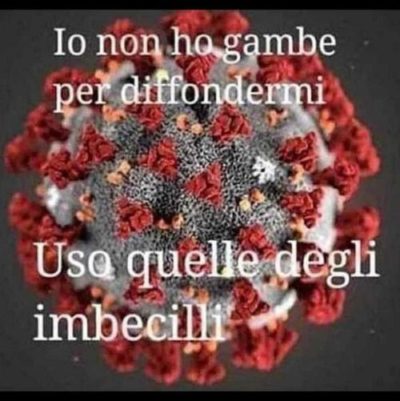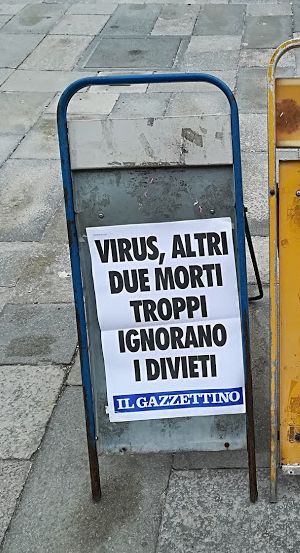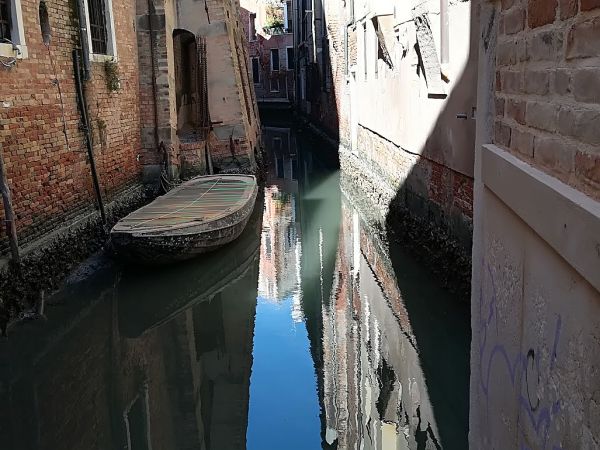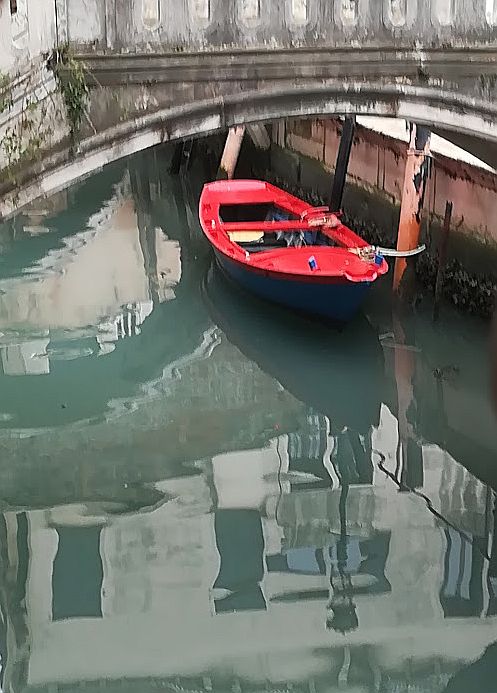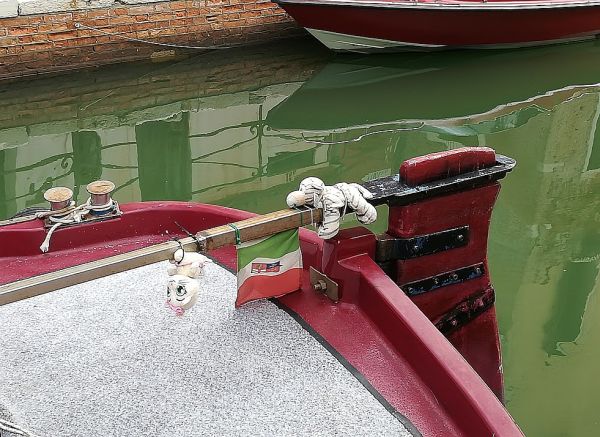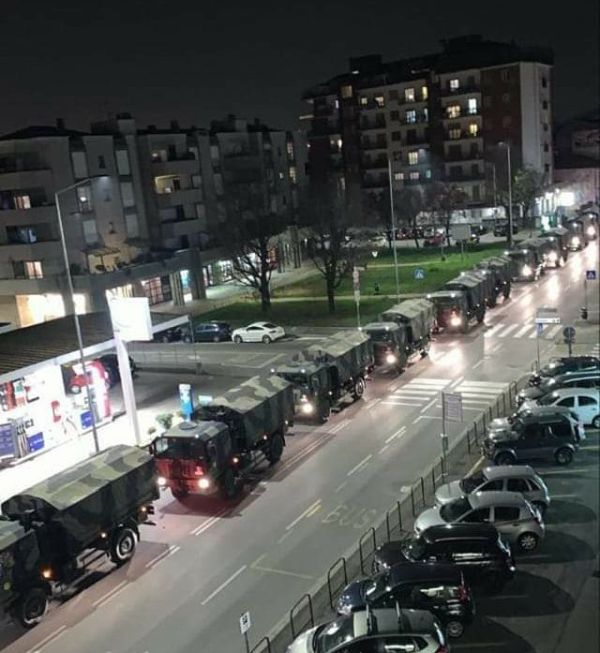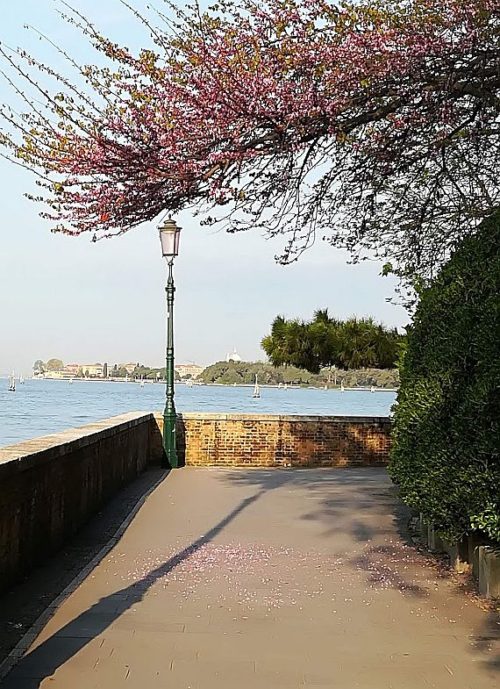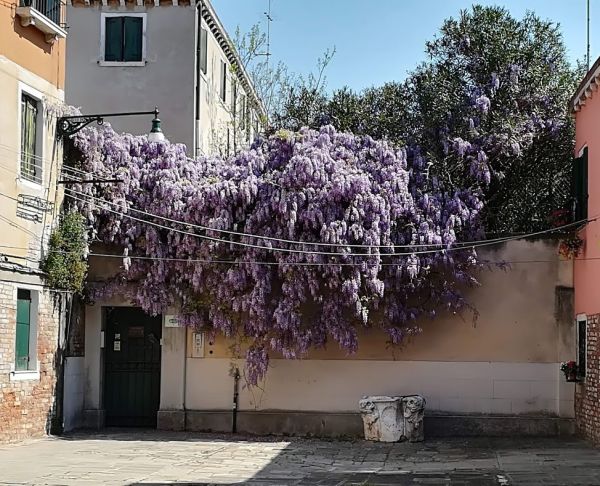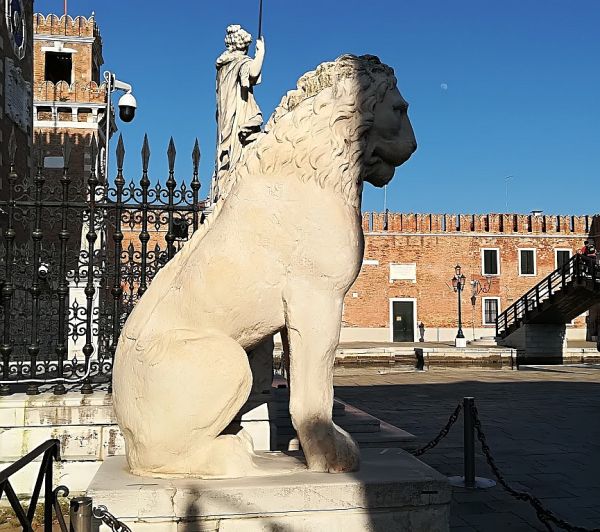Thursday the number of deaths in Italy surpassed the number in China. What makes that even worse is that the number of infected cases in China has stopped, while the number in Italy is still rising.
We think our cities are deserted? The Chinese medical team in Milan was stunned to see how many people are out in the streets. The message still doesn’t seem to be getting through to a large number of people.
So the rules are being tightened. Dogs have to be walked, everybody knows that. But now the owners will be permitted to walk them only as far as 200 meters (656 feet) from their house. No more using Fido as an excuse to take a delightful hour-long stroll. And temptation is now going to be mitigated by the closing of parks and gardens and beaches.
Our Coop supermarket will be closed for the next two Sundays, as will the Prix. The signs announcing this cite the exhaustion of the staff, their need to rest and to be with their families. Totally credible. My own theory is that this is a bold new way to hit the brakes on this juggernaut. No supermarket, no earthly reason to be out of the house. It may be that the Coop’s next move will be to shorten their usually long, luxurious hours to only 8:00 AM to 3:00 PM, which would be another reason to make everybody go home.
But last Sunday Gianfilippo Bancheri snapped. He’s the mayor of the Sicilian town of Delia (pop. 4,218), and he doesn’t need Chinese doctors to tell him that too many people aren’t taking the quarantine seriously. The transcript of his cri de coeur, translated by me, is below. I’m showing the clip because you have to hear his tone of voice, and watch his face (up to and including the dark circles under his eyes, to which he acidly refers) to get the full impact.
If I were a citizen of Delia, I’d be embarrassed to hear myself talked about like this in front of the world. I wonder if they’re all pretending it didn’t happen. I hope not.
“Good evening to everybody.
Yesterday evening around 10:00 one of our neighbors was examined by 118 (the ambulance number) and was taken to the hospital to be checked for a suspected case of COVID-19. She was swabbed and a little while ago the health director, Dr. Marcella Santino, communicated to me that the result was negative. So it is not a suspected case of coronavirus. And therefore we send her our best wishes as citizens for a good recovery.
Having said that, we need to pay attention to a few situations that are occurring. Lots of you have made big signs written “Andra’ tutto bene.” Many are writing it on Facebook and by messages. But I want to understand how everything is going to be all right.
How is everything going to be all right if we continue to go out, every day, to do the shopping, when you can do the shopping once every ten days? How is everything going to be all right if every day people go out to buy cigarettes? Instead of taking — well, I don’t smoke, but that’s not the point – buy a batch of them and keep them at home. No, instead they go out every day to get cigarettes.
How is everything going to be all right if people go out every day to the gas station? What purpose does this gasoline serve if you have to stay at home? How is everything going to be all right if lots of people ask to have their hair done at home? To have the hair stylist come to their house? This hair – what’s it for? This hair, done in this moment, what’s it for? Have I made myself understood?
How is everything going to be all right if lots of people call me to talk about going to have a little run (corsetta)? Because they’re stressed. Guys, I’ve run 20 years, with ups and downs, more than 20 years. And in Delia we runners are 20 people, maximum. But now everybody in Delia has become a runner? Everybody wants to run. But where are you running, when the last time you ran was at the outdoor festival in elementary school? Where are you going to run?
Do we want to be serious people? They call me, ‘Mayor, I have to go to Canicatti (9 km/5 miles) to do the shopping.’ You can’t go to Canicatti to do the shopping. You have to shop in Delia, except for some life-saving medicine, a food for some intolerance.
They call me, ‘Mayor, my dog eats the treats that they only sell in Caltanisetta’ (23 km/14 miles away). Do we call this being serious? Do we call this being serious? Do we call this common sense? People who have children who come from outside Sicily, because we’re all one red zone? And the family members go out? And we have to reprimand them?
Today on Sunday there are people out in the countryside to roast meat, to barbecue. Are we joking? We’re playing with our skin (meaning life) and that of everybody in town? Having parties in your apartment building. I went just today, on Sunday, and there was the whole building. What about contagion? Stay home means stay with only my family, not with the neighbors. I’d like to see what sort of rapport you have with these neighbors. All these good neighbors are suddenly in Delia? All these good relationships with the neighbors are in Delia? People who make the big signs saying “Andra’ tutto bene” are having parties because the big sign has to be beautiful so they call cousins, friends, to make the sign. That is contagion! That is the risk of contagion, do you want to understand it, or not?
‘Stay home’ doesn’t mean to have a party. What are we talking about? And somebody says to me, ‘Mayor, we need to thank those who are staying home.’ No! I tried out that phrase and no! Those who are staying home are doing their duty, which today is obligatory. Today it is obligatory to remain at home.
We need to thank those who are in the trenches, because in Italy we’re really good at turning things upside down. We need to thank the thousands of doctors, nurses, paramedics, the forces of public order (police in their various forms), associations of volunteers, mayors, the people who are in the trenches, or in the streets to protect the multitude that doesn’t give a fuck. My colleague the mayor of Niscemi said the same thing, people are just messing around, just goofing off, and it’s true.
‘We’re stressed to stay at home, we’re stressed.’ With the telephone, with the Internet connection, with the television, with eating, we’re stressed. Stressed are people who get sent to war, not those who are sent to stay at home. And why do we sing “Azzurro Azzurro” from the balconies if we’re going out to do the shopping every day? Where is the consistency? Where is the consistency? Where is respect, ours for the others? Do we want to stop this, or not?
Today I was at the municipal police, we denounced certain persons to the judicial authority, and we’re going to continue to do it.
Today, Sunday, I went out to tear people off a strip, people who are grown, vaccinated (it’s an Italian expression meaning adult), but I’m hardheaded because this evening people are sending messages asking “Mayor, who is this lady, what do we need to do?” But we have to go out and let others take care of it. Because the problem is somebody else’s. The problem is always far away from us.
But we’re playing with everybody’s ass and the responsibility of the Carabinieri, mine, the doctors, of those who are taking risks for you. Do you regard this as decency? Excuse me. Do you regard this as correctness? It’s not correctness, it’s selfishness, it’s cretinism, it’s stupidity, it’s superficiality.
Somebody says to me, ‘Come on, mayor, we mustn’t be alarmed.’ How must we not be alarmed? How do we not need to be alarmed? It’s a pandemic. It’s not an epidemic anymore, it’s a pandemic. And we shouldn’t be alarmed? When do people think we ought to be alarmed, if not for a pandemic? Excuse me, when should people be alarmed?
Do we want to be serious, or not? Do we want to act like intelligent people, or not? All these parties at home with friends. Does someone actually have a neuron in their head? Does somebody have a neuron, or are all the neurons extinguished?
And they say, ‘Mayor, you’ve got dark circles under your eyes. You’re tired, you need to rest.’ But when must I rest? I risk every day like the others, like the doctors, like the nurses, like the Carabinieri, like the volunteers.
It’s others who are taking the risks and people who are staying home are stressed. Stressed. “I have to go out, take a walk, do a little run, walk the dog,” they pass at this time of night under my window. But this dog, how many times does he need to piss? Take the dog out, go around your house and go back home. Don’t take a walk.
The blockhead with the stroller, ‘I’m going to my sister.’ Going to your sister? You’re supposed to be at home. Do you understand, or no?
I hope I’ve been clear. I hope I’ve been clear. In any case, you should know that we are going to start issuing denunciations, because it’s right that who errs, pays. It’s right that who is wrong has to be penalized and denounced. And if someone evidently someone can’t manage to connect their brain, it’s not because they’re slow because they’re retarded. Why retarded? That’s what we’re talking about.
Thank you. Good evening to you all.”
